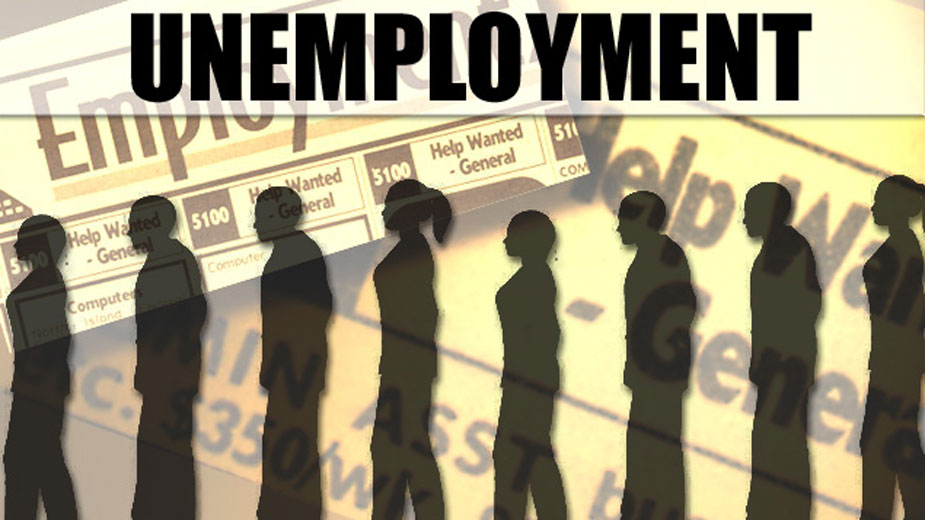Ohio Jobless Claims Drop for Second Week
YOUNGSTOWN, Ohio – New unemployment claims filed in Ohio fell to 9,222 for the week ended Oct. 2, according to the Ohio Department of Job and Family Services – a drop of 913 from the previous week.
In its weekly report on jobless claims, the agency also said it receive 49,320 continued unemployment claims for the week, a drop of more than half from the 108,100 continued claims reported the week ended Sept. 25. This marks the second consecutive decline in weekly initial and continued jobless claims in the state.
The eight-week average for new unemployment claims is 10,782 and, for continued claims, 123,165.
Ohio’s labor force participation rate is 60.8%, below the national rate of 61.7%, according to the most recent data. In August, the Buckeye State’s unemployment rate is 5.4%, ahead of the country’s 5.2%.
In Pennsylvania, initial jobless claims for the week ended Sept. 25, the most recent data available, totaled 23,658, down from 26,413 the week prior. Continued claims totaled 120,235, up from 101,923 the week ended Sept. 18.
Nationally, jobless claims saw their first drop in four weeks.
The number of Americans applying for unemployment benefits fell last week, another sign that the U.S. job market and economy continue their steady recovery from last year’s coronavirus recession.
Unemployment claims fell by 38,000 to 326,000, the first drop in four weeks, the Labor Department said Thursday. Since surpassing 900,000 in early January, the weekly applications, a proxy for layoffs, had fallen more or less steadily all year. Still, they remain elevated from pre-pandemic levels: Before COVID-19 hammered the U.S. economy in March 2020, weekly claims were consistently coming in at around 220,000.
After hitting a pandemic low of 312,000 in early September, claims had risen three straight weeks, suggesting that the highly contagious delta variant was at least temporarily disrupting a recovery in jobs.
Contingent Macro Advisors said the recent uptick was also partly caused by backlog in processing orders in California and other states. Shutdowns at auto plants resulting from a shortage of computer chips could make the numbers volatile over the next few weeks, Contingent said, but “the trend towards lower jobless claims remains intact.”
Overall, the job market has been rebounding with surprising strength since the spring of 2020. Forced to shut down or restrict hours as a health precaution, employers slashed more than 22 million jobs in March and April last year. But massive aid from the federal government and the rollout of vaccines has supported an economic recovery, providing consumers with the financial wherewithal to spend and the confidence to return to restaurants, bars and shops.
So far this year, employers have been adding 586,000 jobs a month, and this month’s employment report, due Friday, is expected to show they tacked on another 488,000 in September, according to a survey of economists by the data firm FactSet.
Companies are now complaining that they can’t find workers fast enough to fill their job openings, a record 10.9 million in July.
Altogether, 2.7 million Americans were receiving some type of jobless aid the week of Sept. 25, down by 97,000 from the week before. In early September, the federal government stopped additional aid — including $300 a week on top of traditional state benefits — that was meant to ease the economic impact of the pandemic.
The Associated Press contributed to this story.
Copyright 2024 The Business Journal, Youngstown, Ohio.


